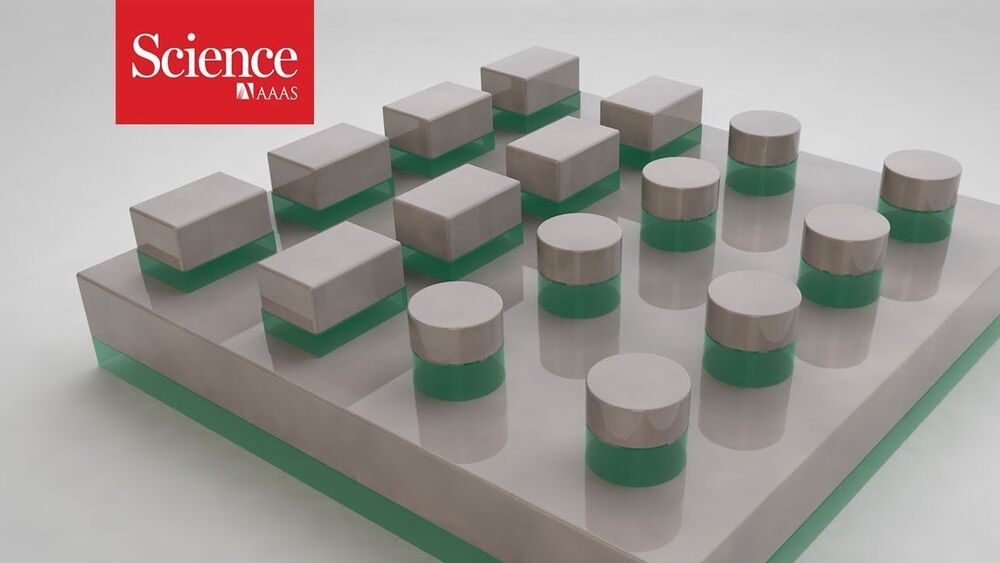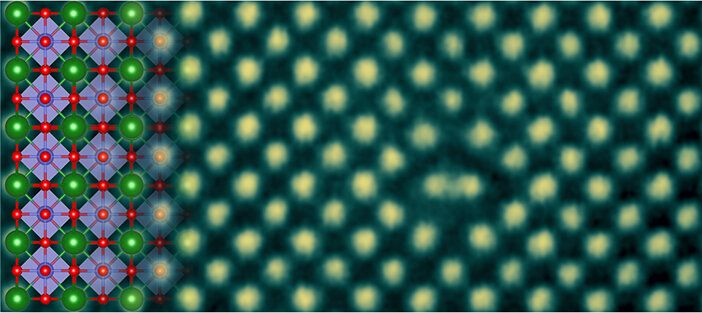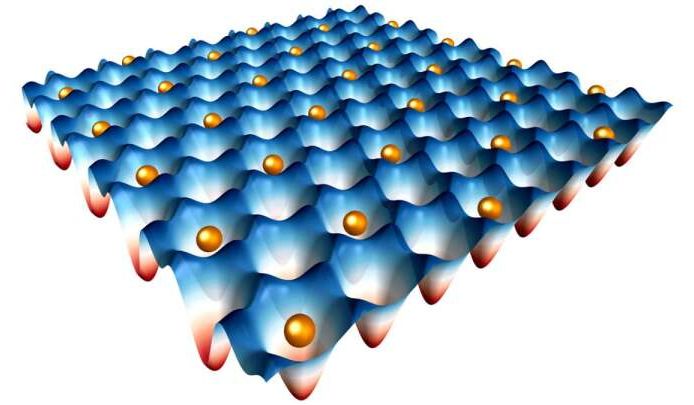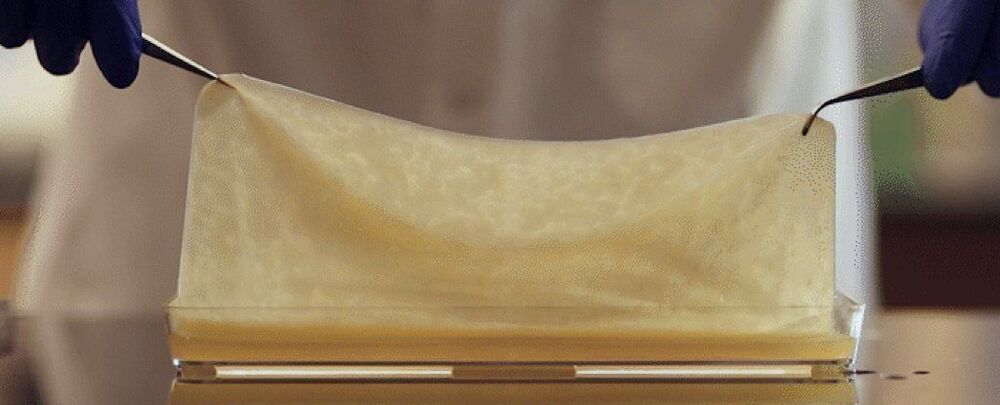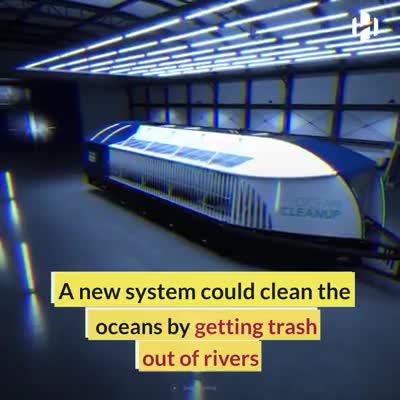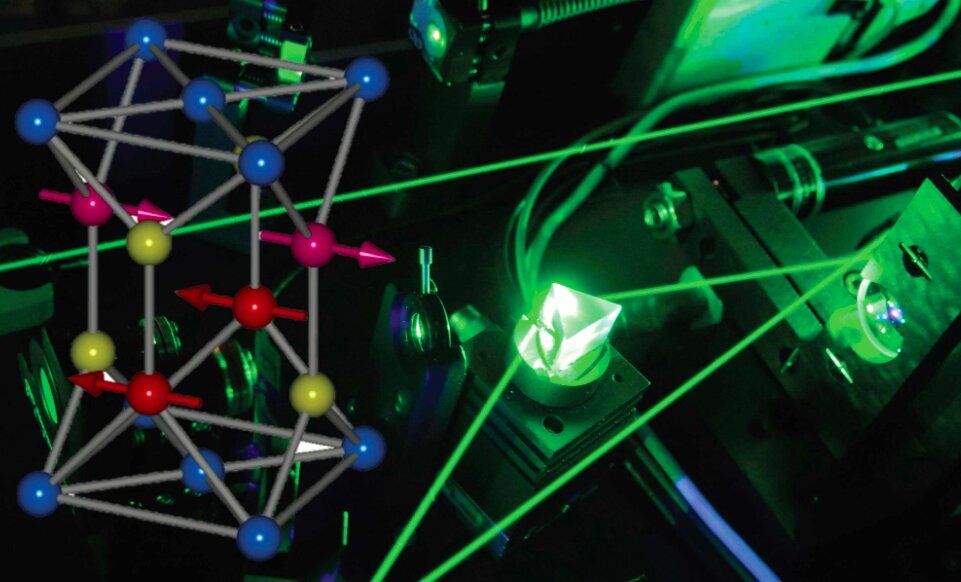Jan 16, 2021
This Laser Printer Can Produce Vibrant Colors Without Ink
Posted by Quinn Sena in categories: materials, nanotechnology
Exotic and vibrant colors naturally occur in nature because of pigmentations. But nature is also capable of displaying a whole spectrum of eye-catching colors through building nano-scale surface structures. Creatures with intricate physical aesthetics, like a peacock’s feathers or the rich patterns on a butterfly’s wings, achieve this kind of high color resolution due to the small-scale arrays of distinctly shaped objects on their surfaces. This naturally occurring color structure was exploited by a team of researchers from the Technical University of Denmark (DTU). They developed a laser printing technique that doesn’t require ink.
Laser printing without ink
Continue reading “This Laser Printer Can Produce Vibrant Colors Without Ink” »
